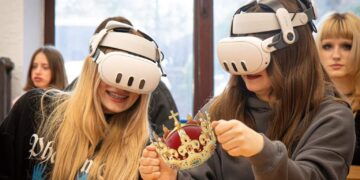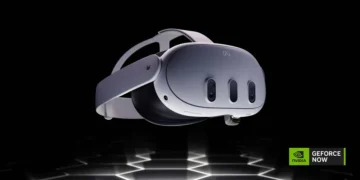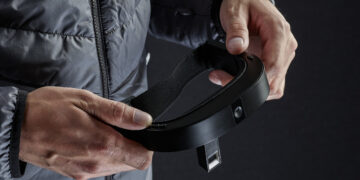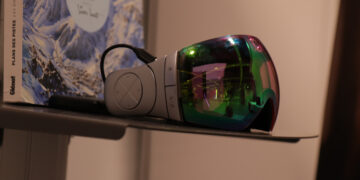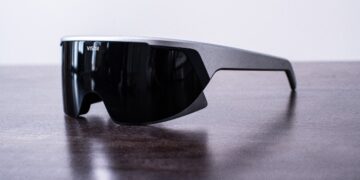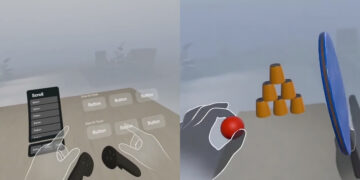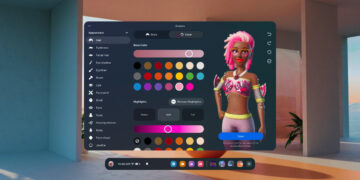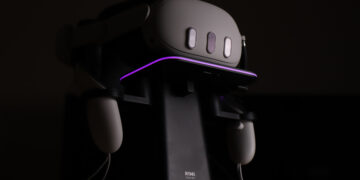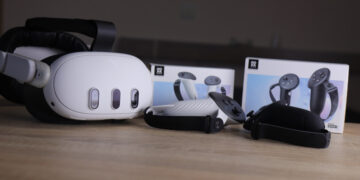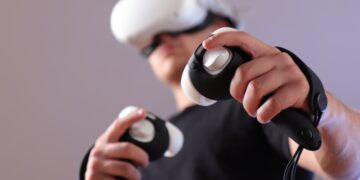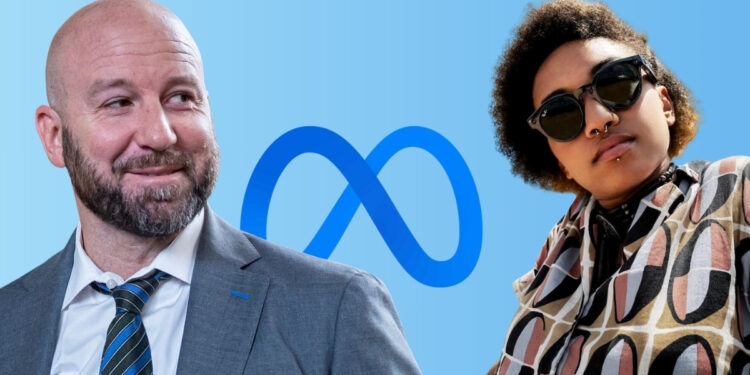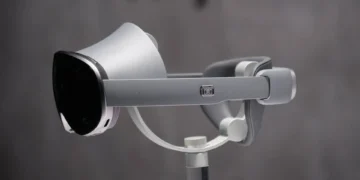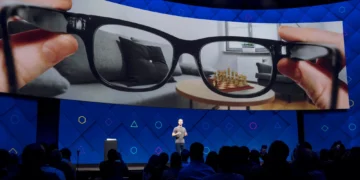In a recent Instagram AMA, Meta’s CTO Andrew Bosworth confirmed that the company is developing lightweight Mixed Reality glasses, codenamed ‘Puffin.’
Meta has reportedly canceled the high-end headset codenamed “La Jolla,” which was set for a 2027 release and was expected to be the Quest Pro 2, featuring Codec Avatars. This cancellation, indirectly confirmed by Andrew Bosworth on Twitter, led to the development of a different headset, codenamed “Puffin.” The Puffin is rumored to be a 110g Mixed Reality device resembling a “bulky pair of glasses.” However, this information has now been officially confirmed by Meta’s CTO, Andrew Bosworth.
In his Instagram AMA, Bosworth was asked how long it would take for a Quest headset to be as wearable as sunglasses and replace the smartphone. He responded:
“I don’t think that a mixed reality headset, even in the glasses form factor, which we’re working on, is going to disrupt the smartphone. But I do think augmented reality is going to, at some point, and we’re also working on that. But I can’t tell you the timelines.”
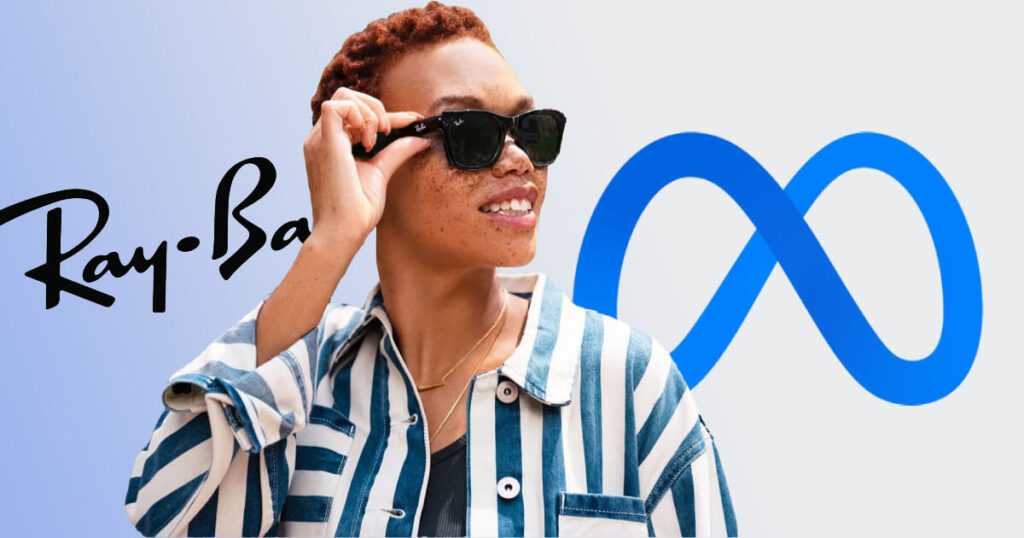
While Andrew has confirmed that Meta is working on such a product, it’s important to note that it could still be canceled since it is just a prototype. La Jolla was also a prototype slated for release in 2027, but Meta shifted its direction with high-end headsets.
Now, let’s dive into what we know about the ‘Puffin’ headset. Its most notable feature will be its lightweight design. Meta plans to achieve this by offloading the computing power and battery to a tethered puck, which they “hope” will be compact enough to fit in the user’s pocket.
Currently, standalone headsets typically weigh between 500-650g. The lightest VR headset in the world, Bigscreen Beyond, a tethered PCVR device, weighs 127g. Meta aims to create a device even lighter than that, while also incorporating additional sensors and cameras onboard.
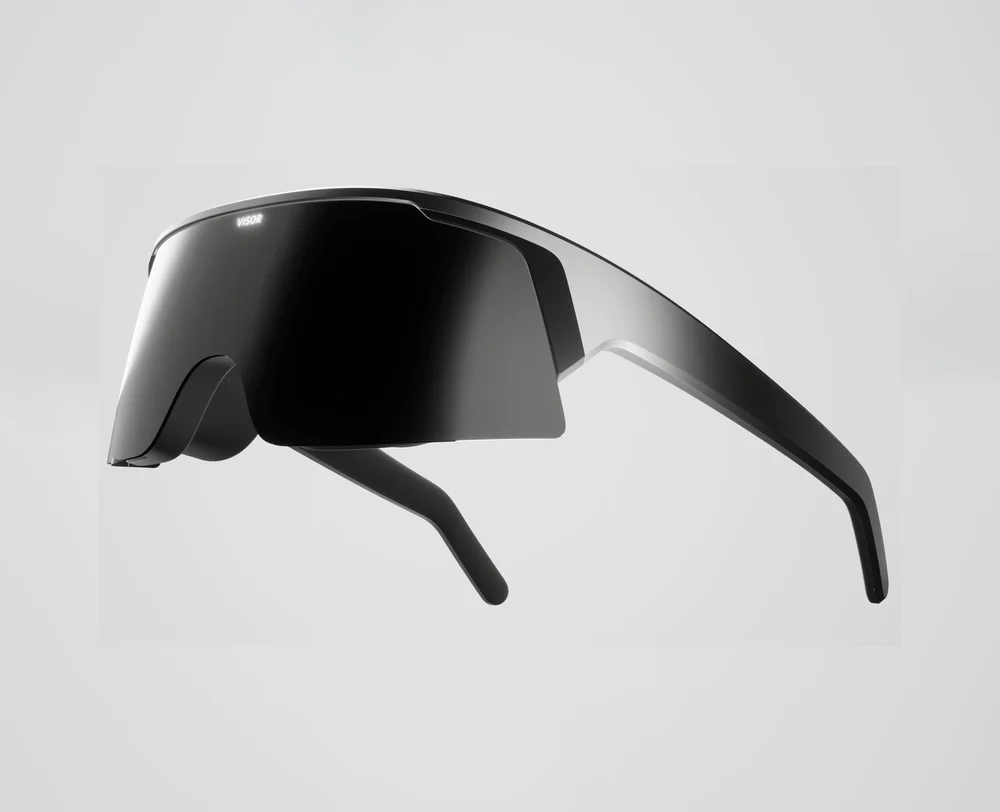
Meta also plans not to include controllers with the ‘Puffin’ headset. Instead, it will use eye-tracking and hand gestures for interaction, similar to the Apple Vision Pro. This suggests the headset will have eye-tracking cameras and multiple sensors to track hand movements, potentially even when the hands are resting on the lap. To cover as much of the field of view as possible, Meta will likely need to position some of the cameras facing downward.
It is unclear whether this device will be branded as a Quest headset. Meta might choose a different name to distinguish it from their expanding headset lineup, which is expected to include the Quest 4 and Quest 4s, slated for release in 2026.
This device could serve as Meta’s way to measure interest in extremely lightweight headsets with an experience similar to the Apple Vision Pro. It would allow Meta to assess whether this approach is viable, especially considering that weight is a significant concern for users, often limiting the use of headsets for productivity and media consumption.

